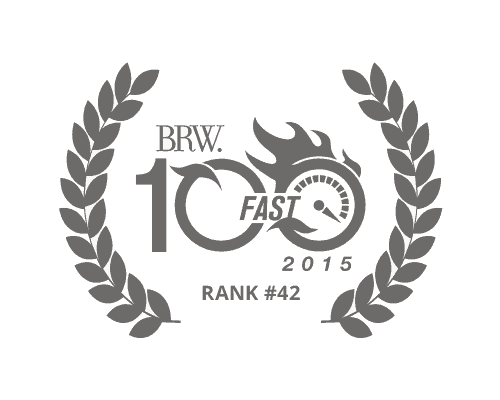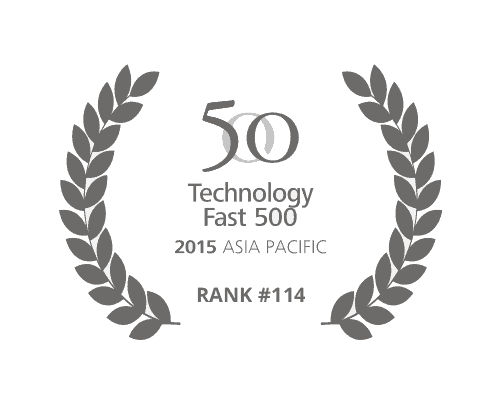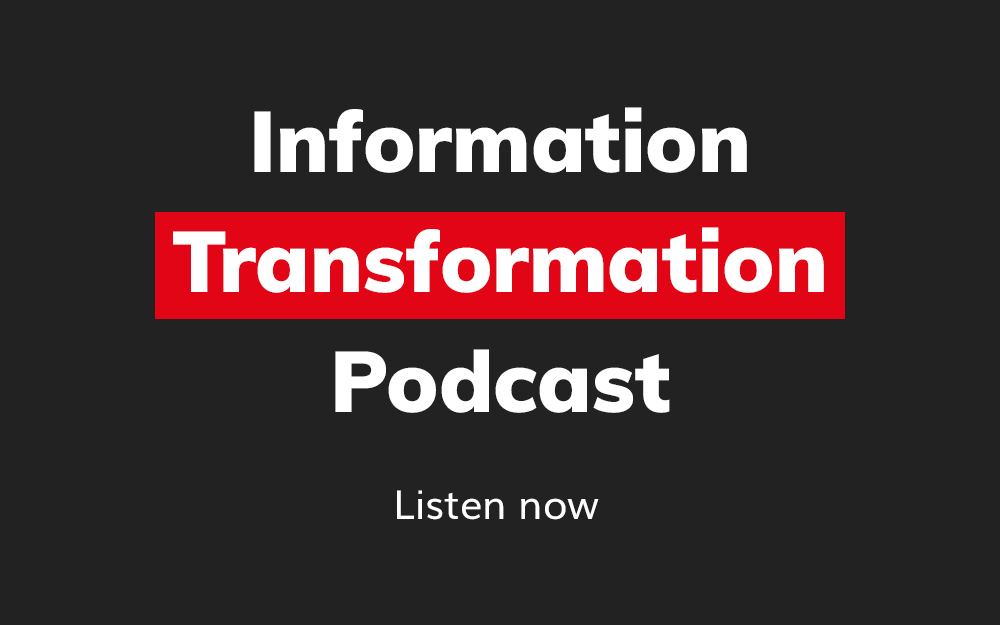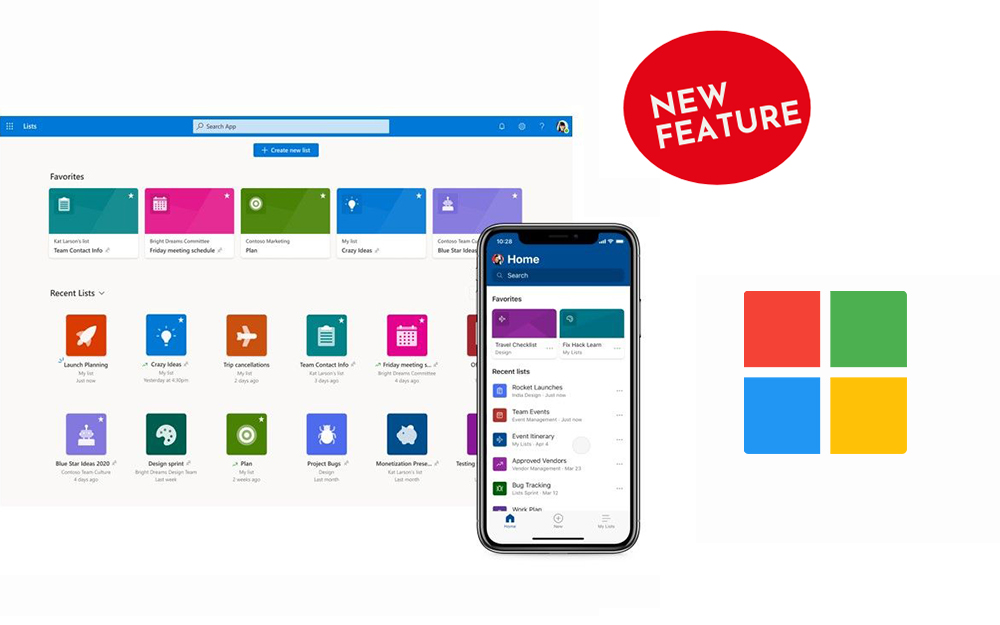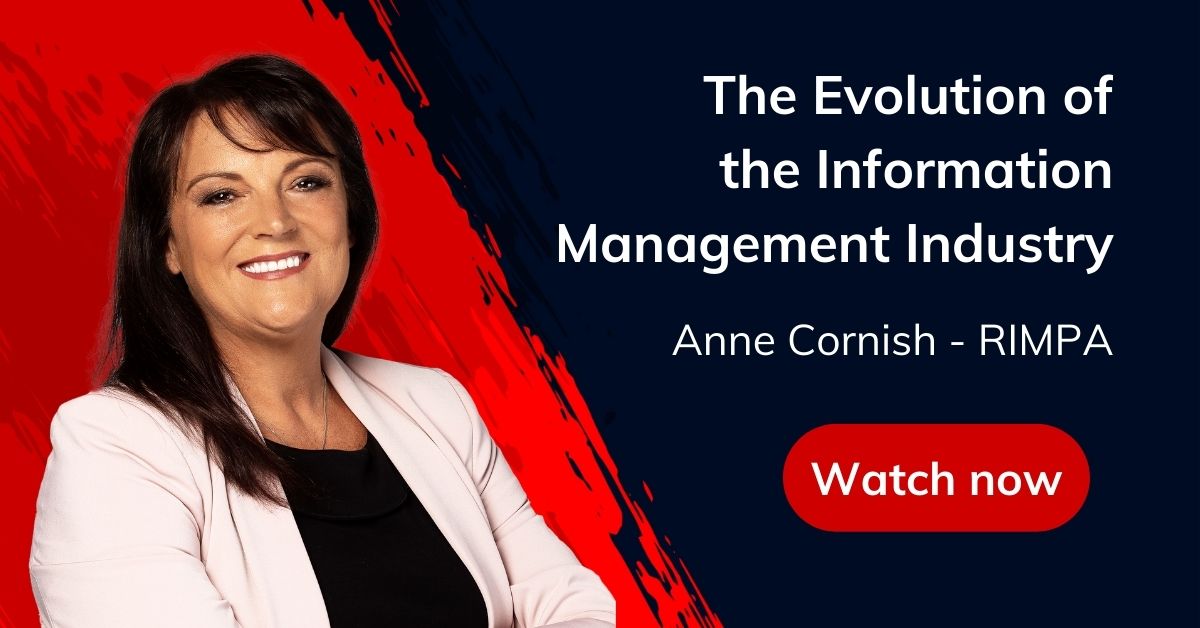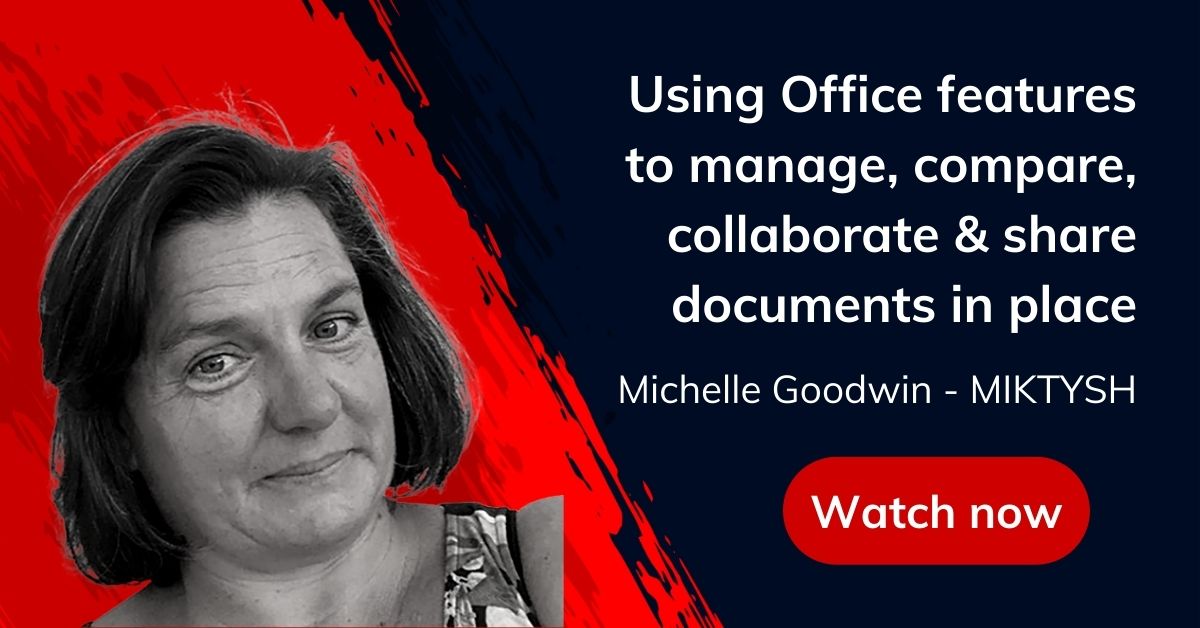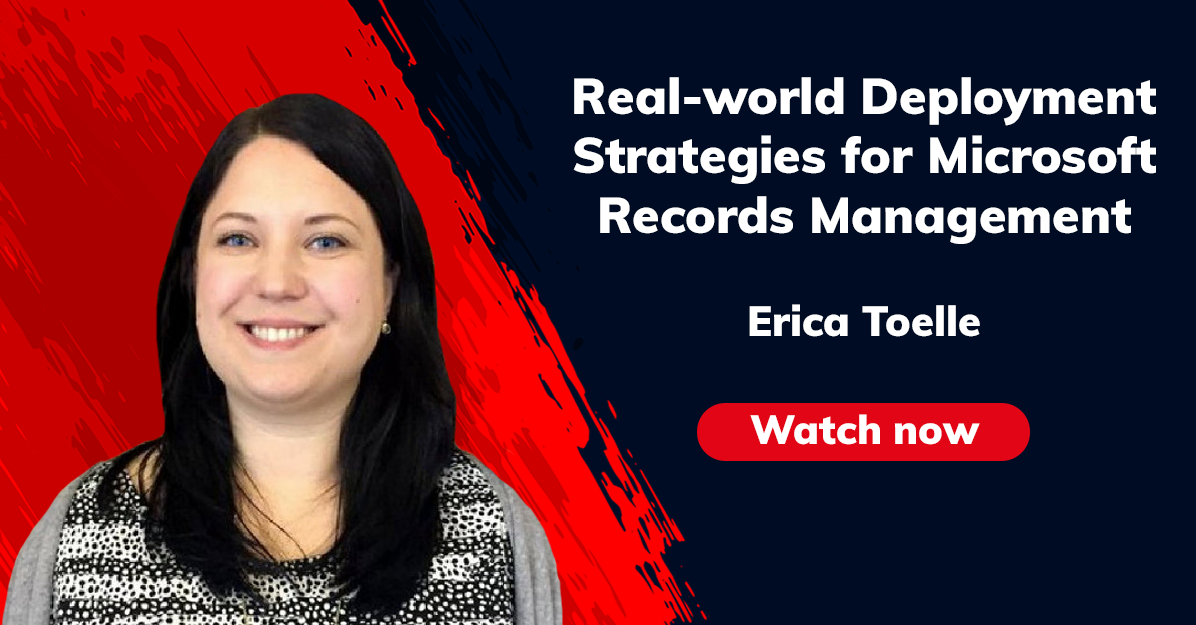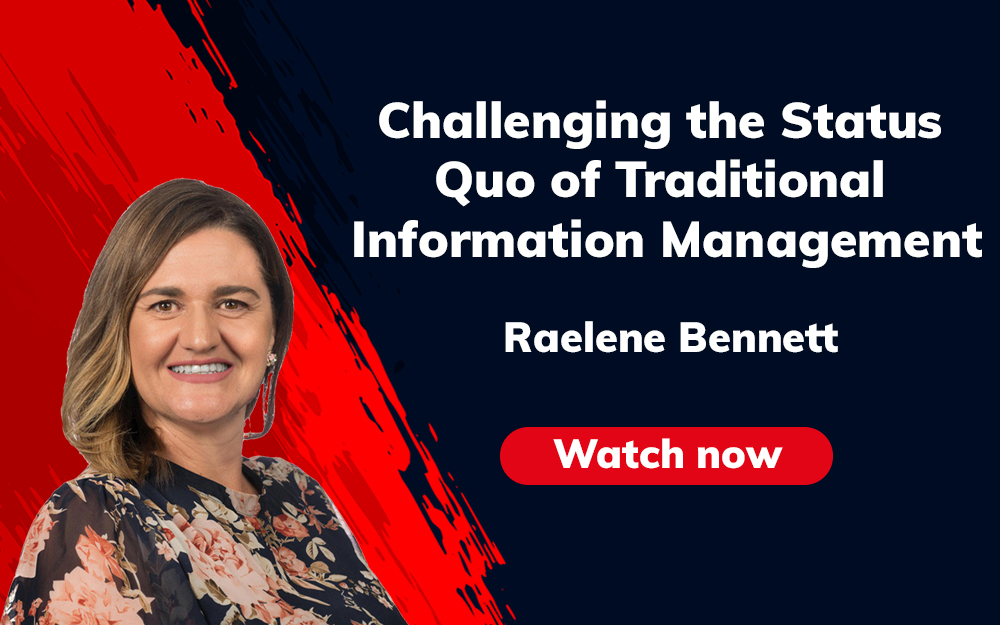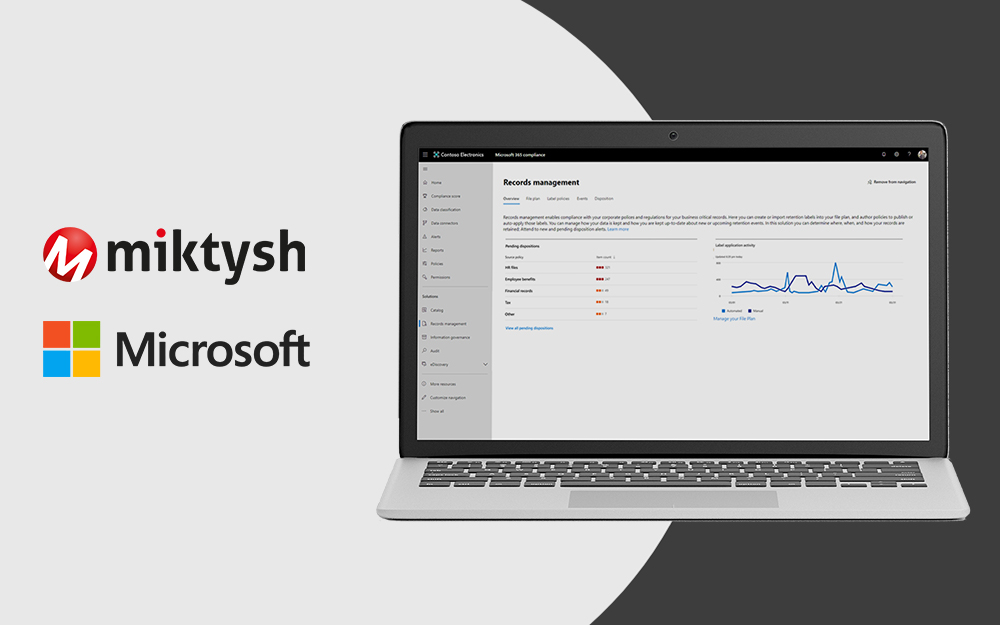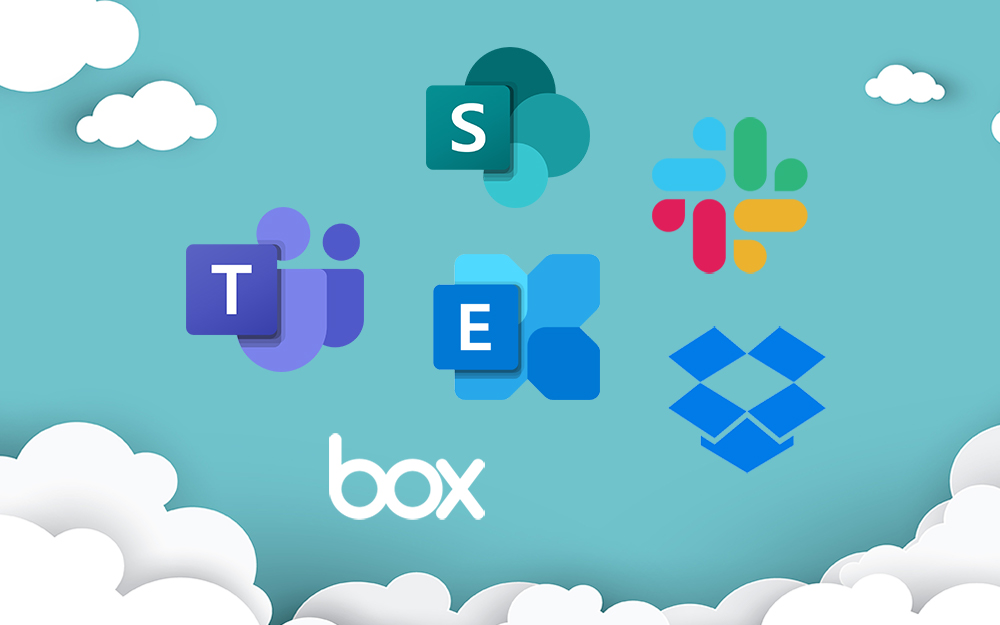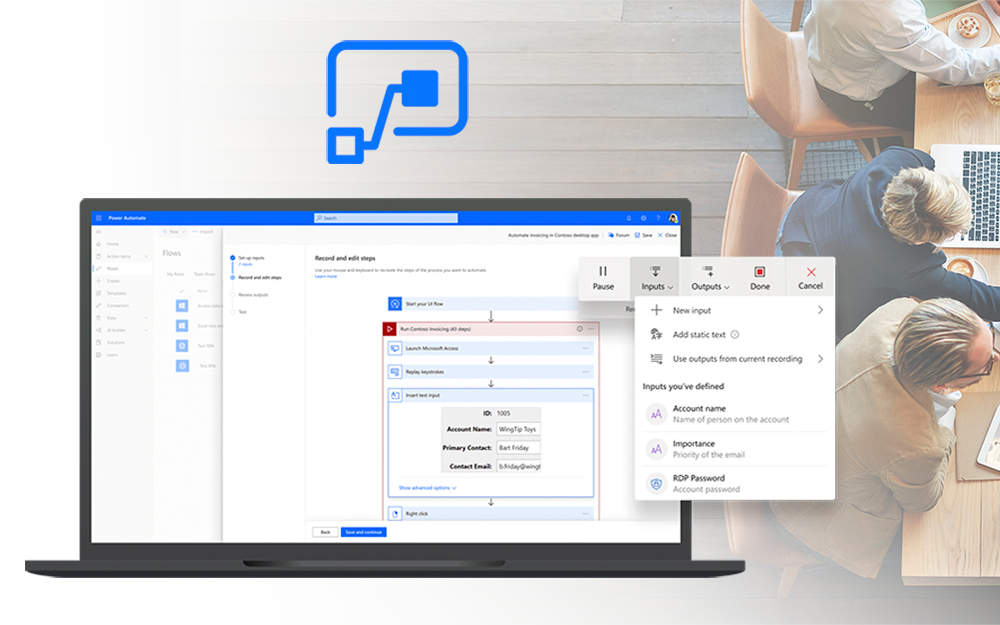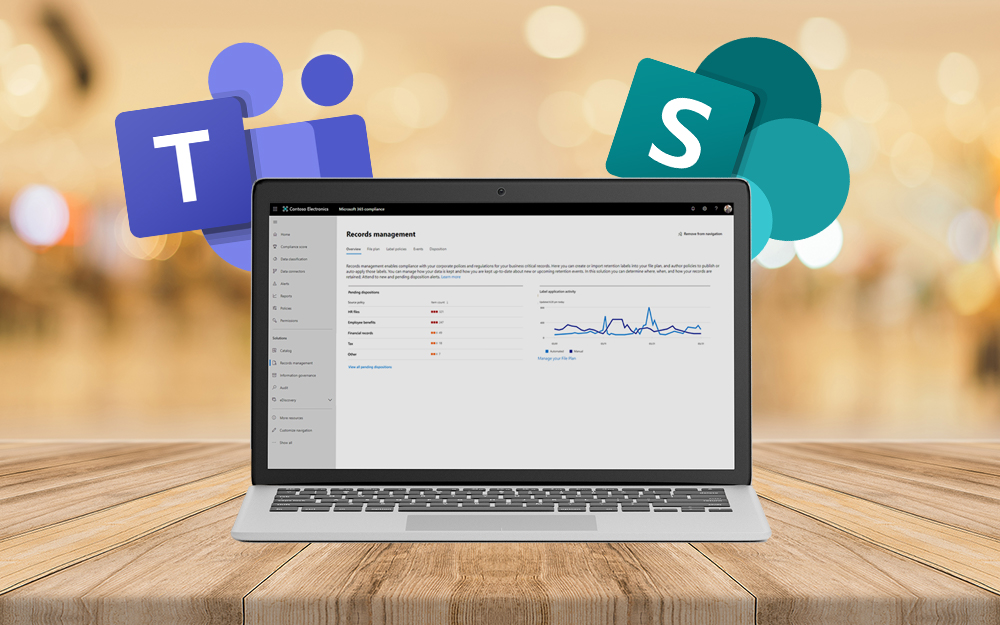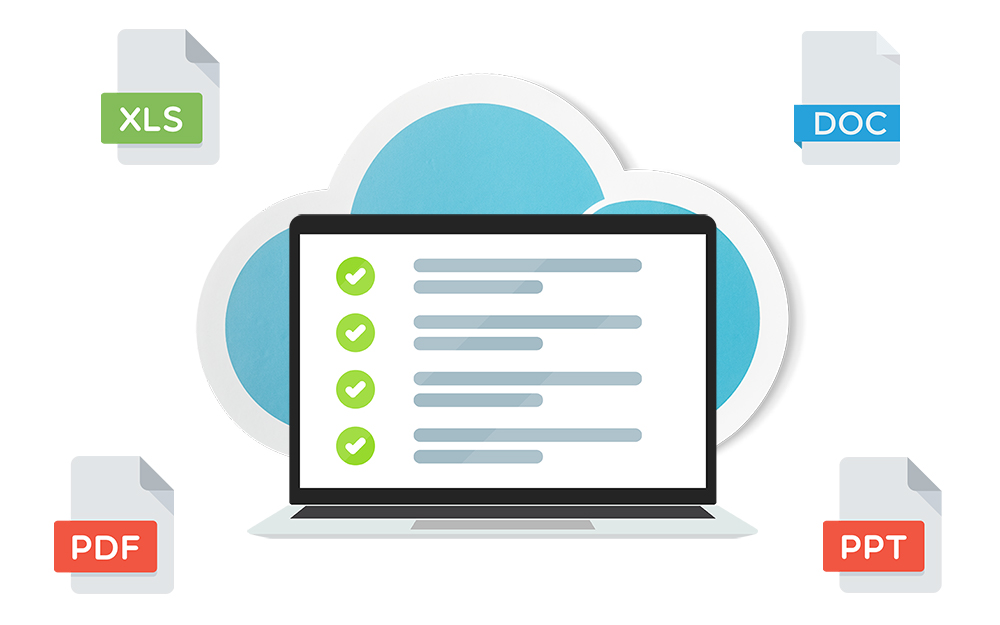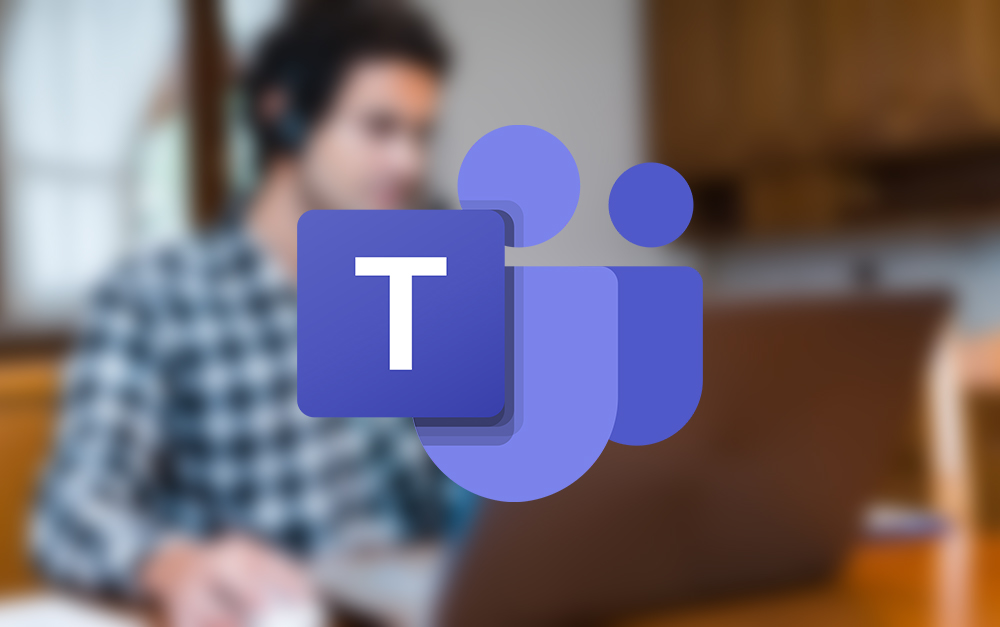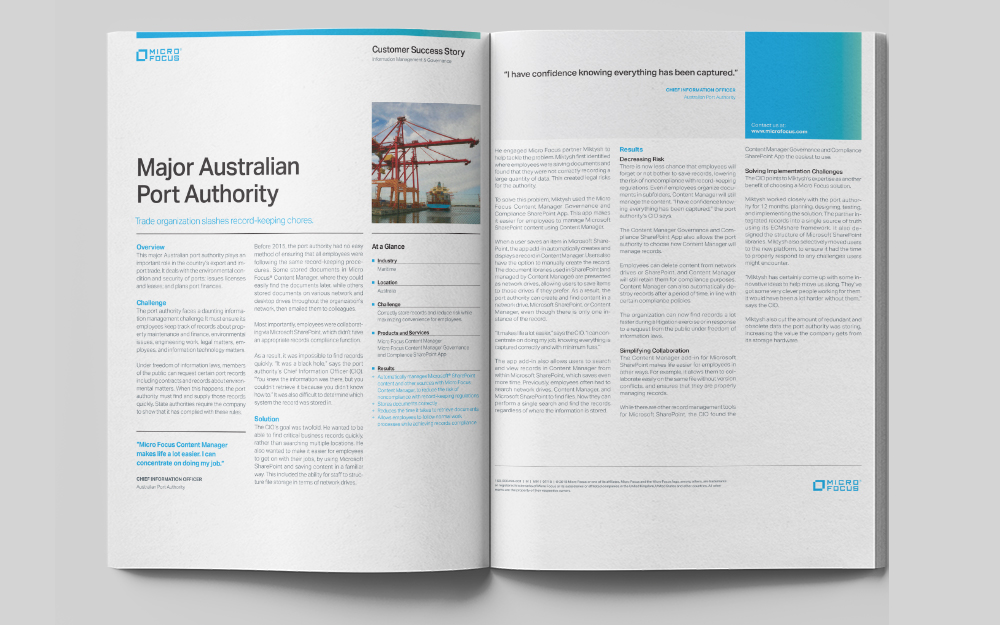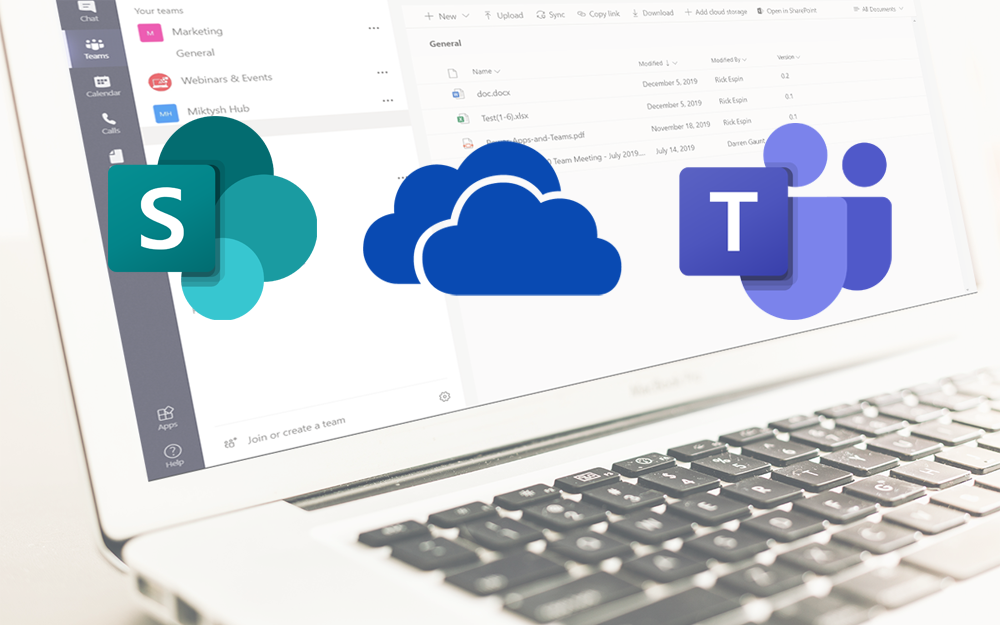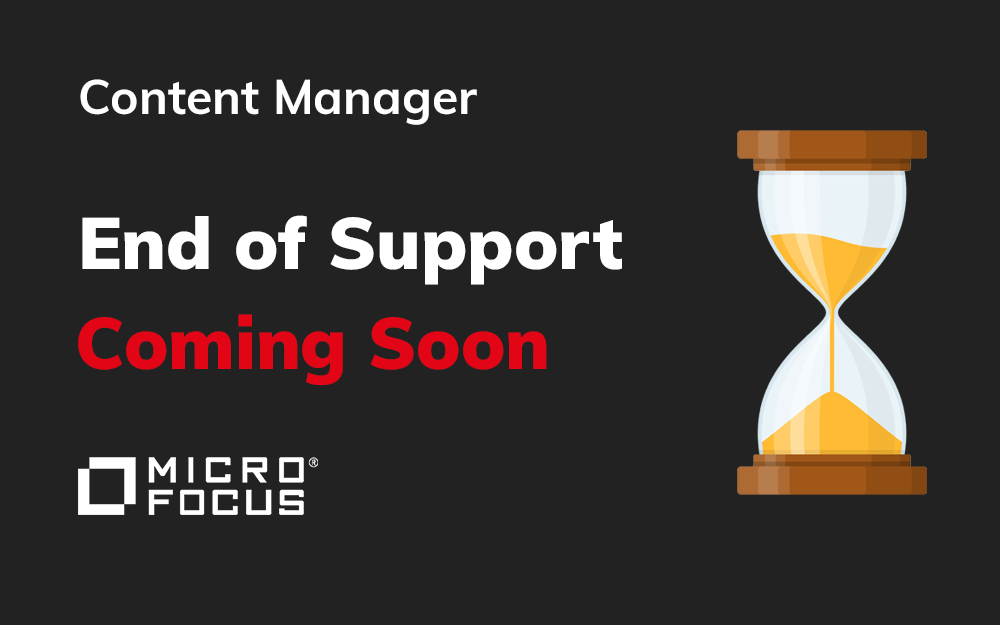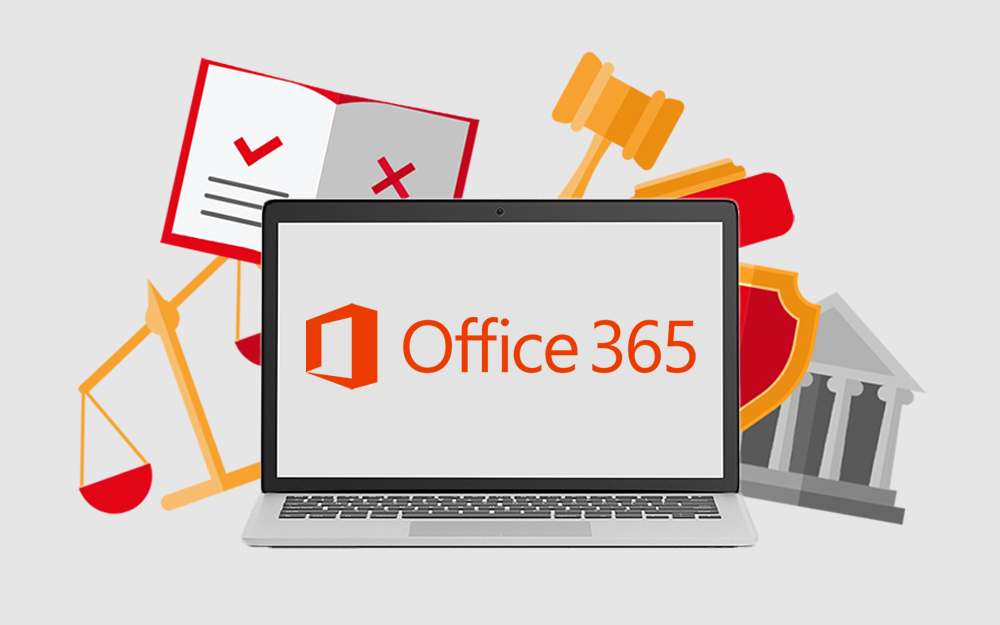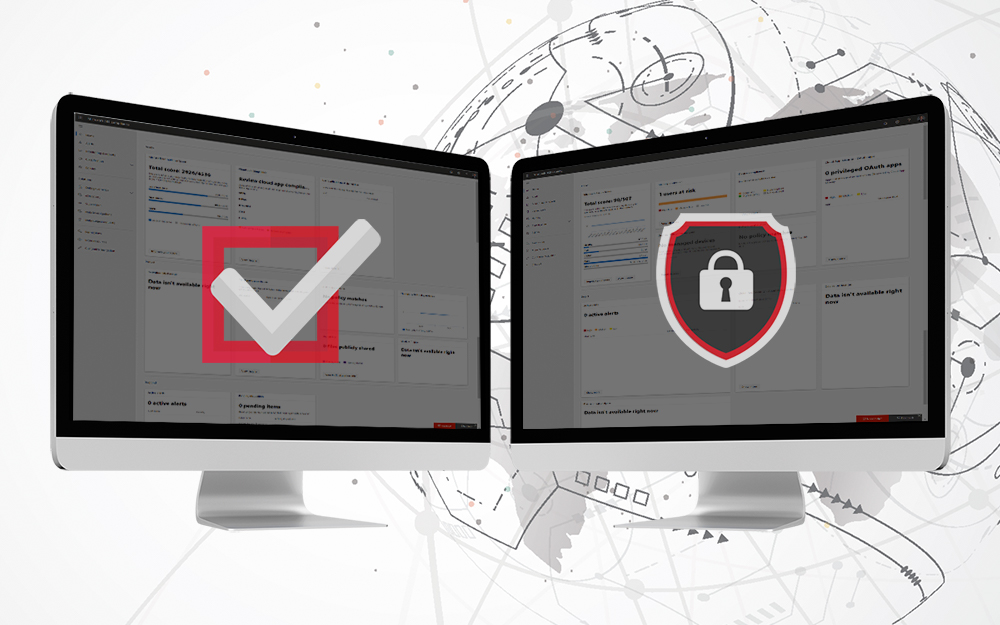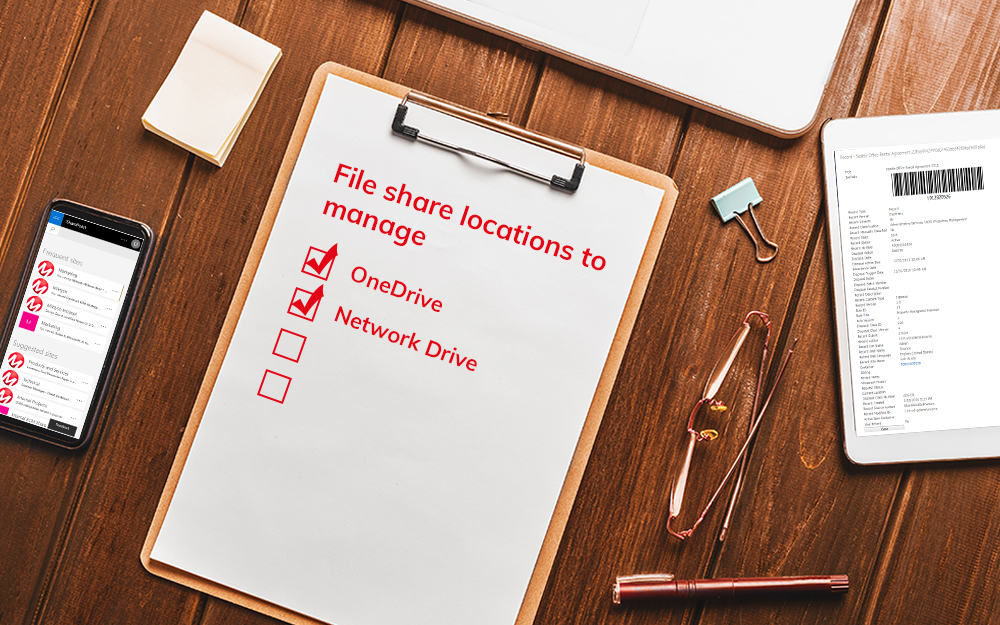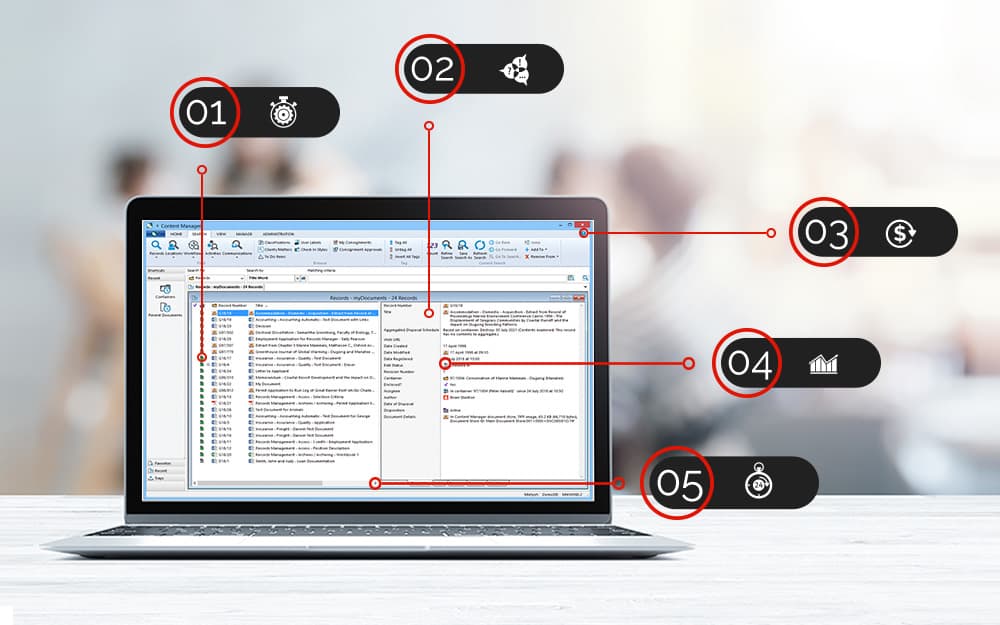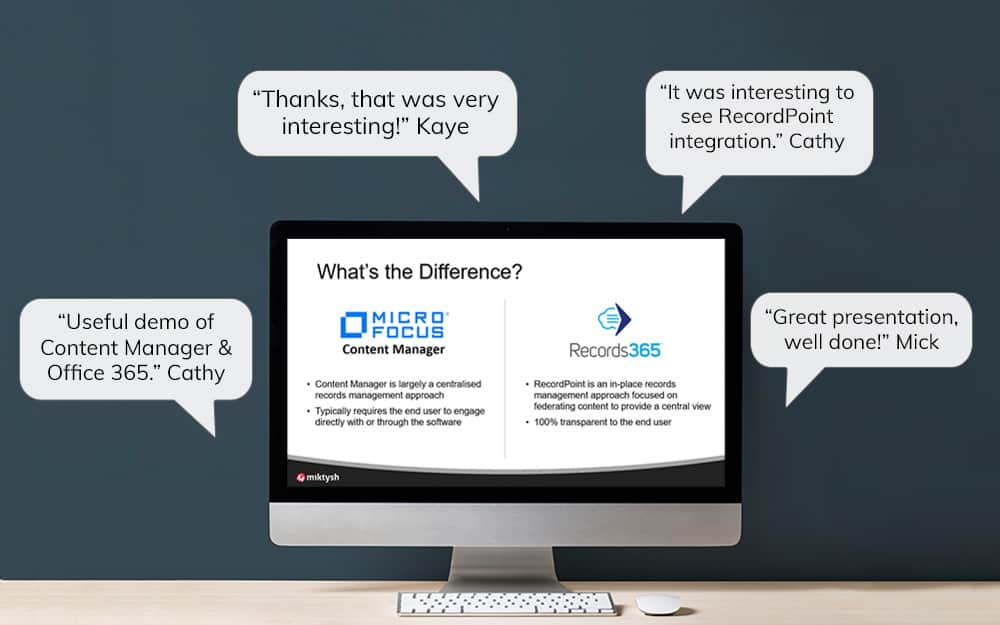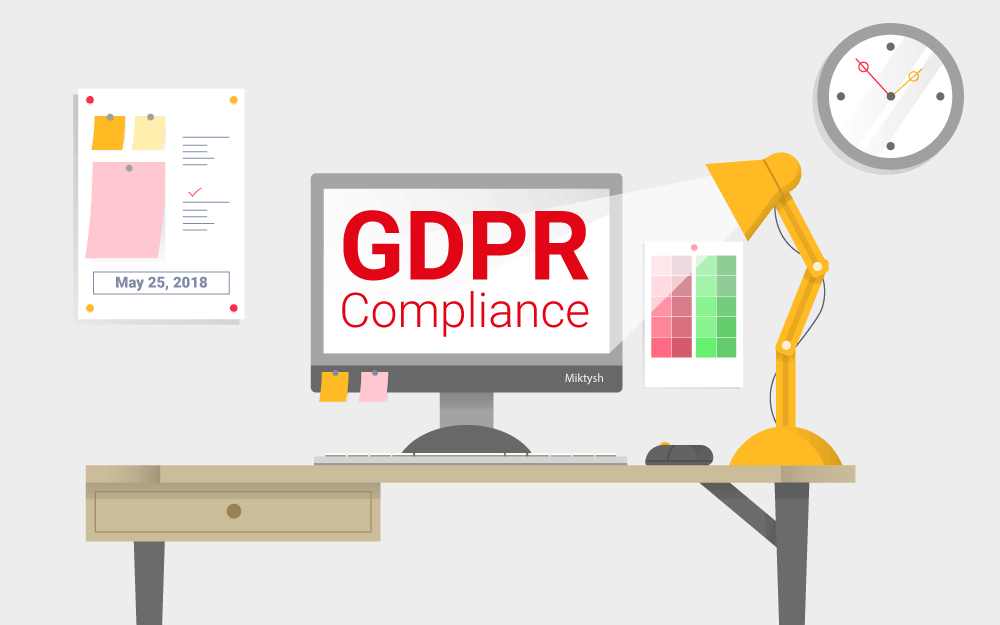Miktysh Blog.
Your go-to source for everything records management, eDRMS, Office 365, TRIM/Content Manager, RecordPoint, AvePoint, and EncompaaS related.
Categories
Topics
How to Approach a Digital Transformation
Nov 13, 2019 | Digital Transformation

79% of organisations realise they need to transform into a true digital business to survive in the digital landscape. Yet according to a recent report by the Australian National Audit Office, the majority of government agencies in Australia are unlikely to meet the targets outlined in the Digital Continuity 2020 Policy. Further research by AIIM has also shown that 70% of digital transformations fail.
This illustrates that there is a disconnect between the understanding that organisations’ have of the importance of undergoing a digital transformation, and their success in doing so. So why is it that organisations struggle with digital transformations and how should organisations approach a digital transformation?
To answer these questions let’s first dispel some myths about digital transformations. Firstly, a digital transformation is not just an IT change. Many organisations believe that simply handing off responsibility to their IT department to deploy new technologies will solve their problems. The reality is digital transformations go beyond just IT and filter into organisation-wide processes and ways of working. Digital transformation needs to be focused on business outcomes, whether that be customer satisfaction, staff productivity, operational efficiency or increased profitability to name a few. Additionally, you must have an executive sponsor to pursue a digital transformation, and we’ll discuss this in greater detail later.
Why are organisations struggling with Digital Transformations?
Digital transformation can be broken down into five pillars. People, process, technology, strategy and governance. The most important part where organisation’s often fail is the people component.
It is a natural behavioural trait of people to resist change and react emotionally when they are required to adapt to new processes or technologies. In some cases, people may even attempt to sabotage change when they feel threatened by it.
To help mitigate these negative responses, it is imperative to have an executive sponsor and ensuring you choose the right sponsor is equally important. The sponsor must understand the role of digital transformation and how it can be used to meet the business outcomes outlined and drive a better experience for both staff and customers. They also need to understand how to change work processes through proper change management. In addition, they have to be in tune with their staff/users as well as understand what their customer pain points are.
Moreover, another way to help mitigate staff push back is to highlight the “what’s in it for me” component. At the end of the day, people want to know how any organisational change benefits them personally so it’s important to highlight ways in which a digital transformation benefit them and those close to them. This could include the ability to more easily search and discover content, reduce document duplications, more efficient work processes or improved ability to collaborate on documents.
Another cause of staff resistance to change can be a lack of digital literary. When you look at software suites like Office 365, that are an integral part of most digital transformations, many people struggle to understand what application to use for what activity, and where to store what information.
This is why it is imperative as part of digital transformation to include effective change management, where staff are properly trained to understand how to use the right tools for the job. For example, when should I store information in OneDrive versus SharePoint? When should I use Yammer as opposed to Teams? There can be a lot of overlap with different applications and systems, so it’s important to educate staff on these questions, even if they are tech-savvy.
How to approach a Digital Transformation (With Industry Examples)
When approaching a digital transformation, you first have to have a clear understanding of the root cause of the problems. This can be focused on both customers and employees.
For example, as part of their digital transformation, Queensland’s Department of Main Roads (TMR) set a goal to save 20,000 days’ worth of staff labor by automating and streamlining previously laborious manual processes. This would in turn, improve both their business and customer experience.
As part of this effort, TMR made an operational change that would save them 610 days of labor. Previously, they would purchase computers and a team would spend half a day imaging them. To save on time, TMR contacted the vendor and asked them to perform the image. The time saved on imaging the computers has now been allocated to training in the Office 365 suite and the collaborative tools TMR uses such as Yammer and Skype. This is a great example that shows how in an effort to achieve their goal of saving 20,000 days-worth of labor, TMR have looked beyond just modernizing technologies and have found ways to ways to make operational changes that can save time, which can then be allocated towards change management and improving digital literacy.
Another can be found when looking at the Australian Trade and Investment Commission (Austrade), which is currently undergoing a digital transformation, which it has dubbed its “alpha digital strategy”. In developing their digital strategy, Austrade recognize the importance of focusing a digital transformation both internally on staff experience and externally on customer experience.
Specifically, they realized that by being more nimble and able to change technologies faster they could improve their quality of service by experimenting based on customer needs. Additionally, by making their services available through APIs they could deliver more services through their partners and lastly, by forming cross-organisational, multi-function teams they could deliver new services that are focused on addressing customer pain points.
When looking at addressing customer pain points, Austrade conducted market research and discovered that a major pain point of exporters was trying to navigate through the volume of information. In response to this, Austrade are in the process of deploying a new digital service called “Export Support Finder” that aims to solve this issue.
These two examples illustrate how in order to successfully approach a digital transformation, it is important to set clear business outcomes and focus on improving your employee and customer experience, rather than simply deploy new technologies.
Closing Thoughts
Although many organisations are not on track to meet their Digital Continuity 2020 targets and stats do not look pretty when it comes to how many digital transformations fail, your digital future doesn’t need to be a bleak one. When approaching a digital transformation, you need to outline clear business outcomes and understand the pain points of your customers and employees. Don’t just place the responsibility onto IT. Instead make sure you have a cross-organisational, multi-function approach with an executive sponsor that understands digital transformation and can disrupt the status quo in order to implement new processes and ways of working. Ensure you incorporate effective change management to help mitigate the resistance to change you can expect to receive from staff.
If you are looking to undergo a digital transformation or are already in the process and have any questions, feel free to reach out to our information governance experts and we are happy to answer any queries.

Michelle Goodwin
Business Analyst
A strategic and knowledge information management professional, Michelle has vast experience in design, implementing and delivering bespoke SharePoint and RecordPoint solutions, for clients in both the private and public sectors.
Categories
Topics
Follow us on social
Popular content.

Analytics Driven Information Governance
14.07.2021

The New Normal Requires Zero Trust
27.06.2021
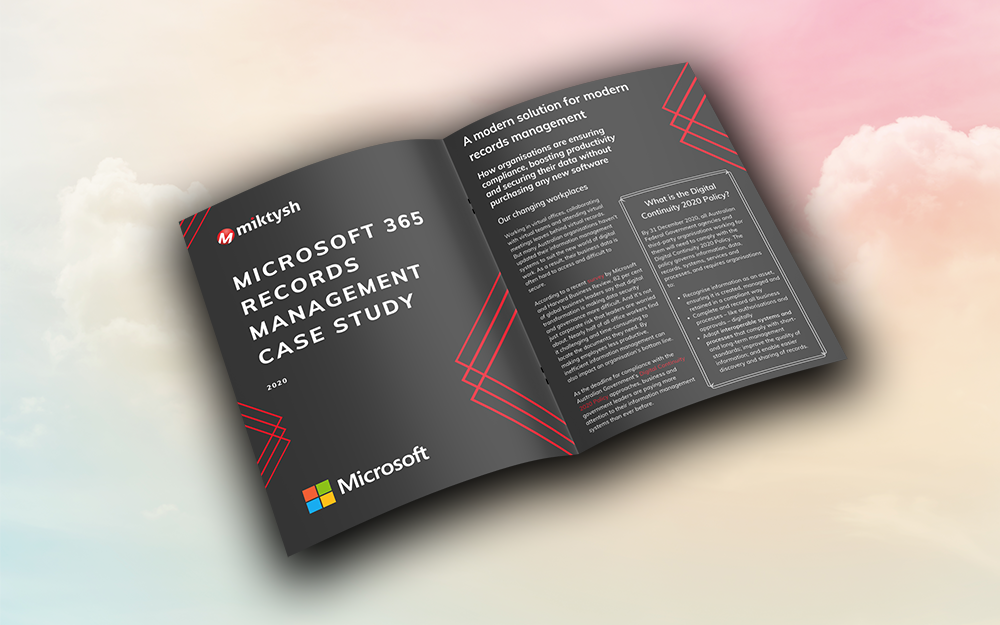
Microsoft 365 Records Management Whitepaper
06.11.2020

Micro Focus Launches Content Manager Select
28.05.2020
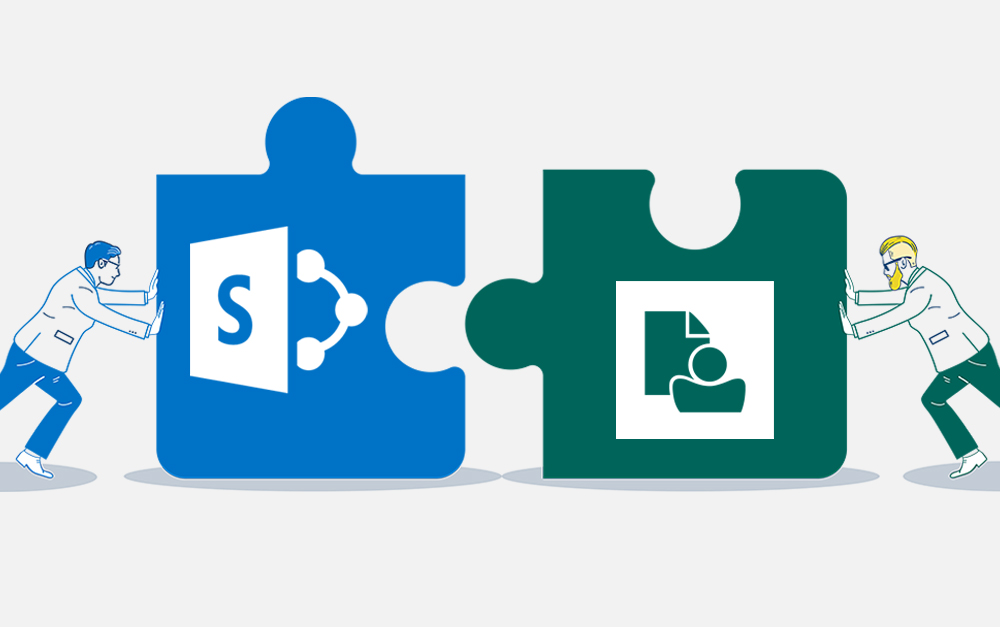
Content Manager SharePoint Integration Demo
20.05.2020
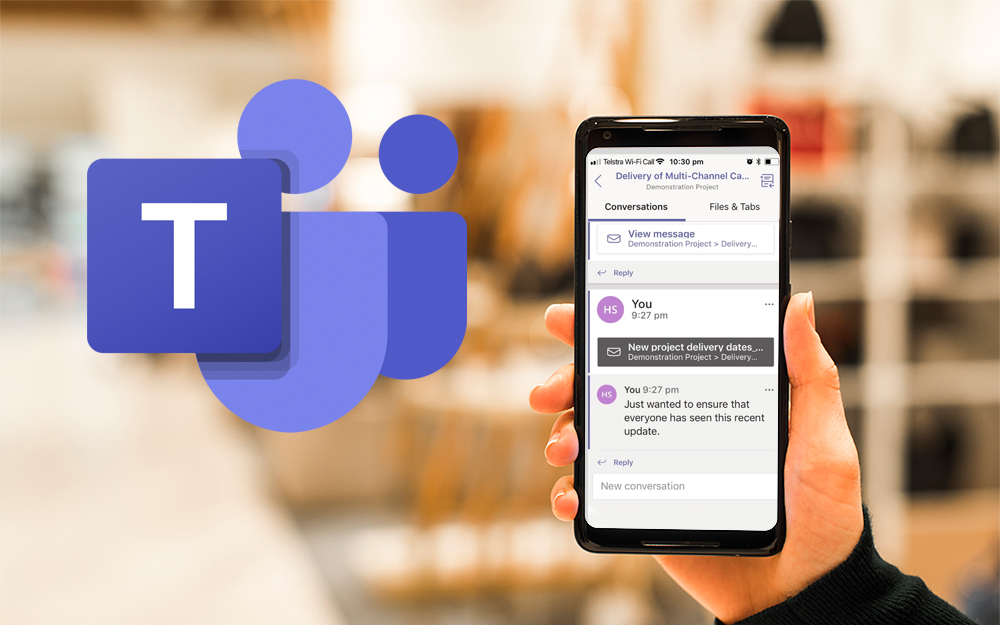
Top 7 Hidden Features in Microsoft Teams
11.02.2020
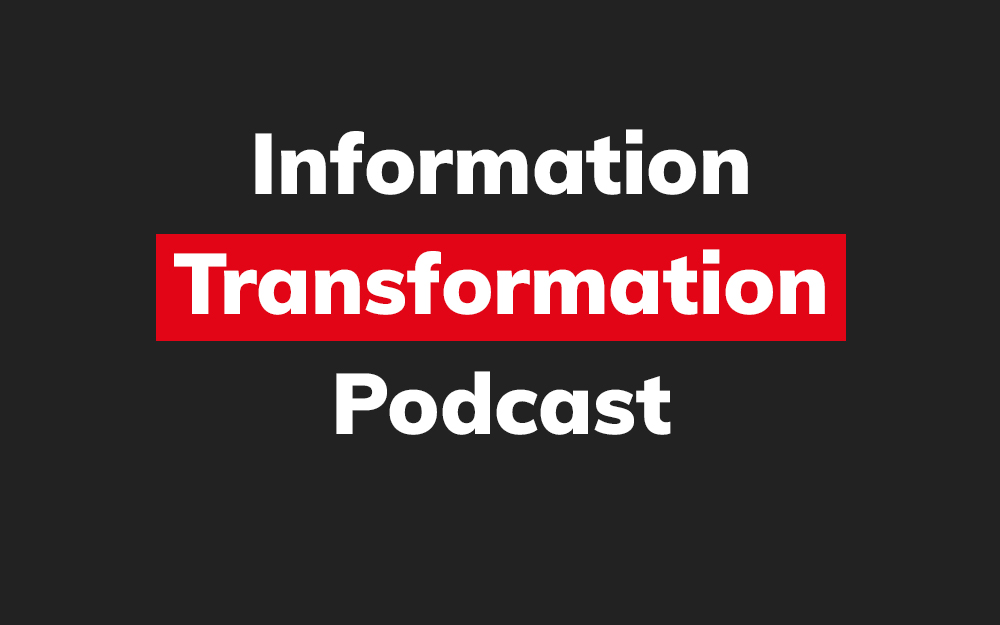
Integrate Content Manager with SharePoint
15.01.2020

Information Management Strategy Example
06.12.2019

Top 5 Benefits of Migrating to Office 365
10.10.2019
Content Manager 9.4 Web Client
19.09.2019

Content Manager 9.4 Sneak Peek – Video Demo
02.09.2019

What Version of SharePoint is on Office 365?
27.06.2019
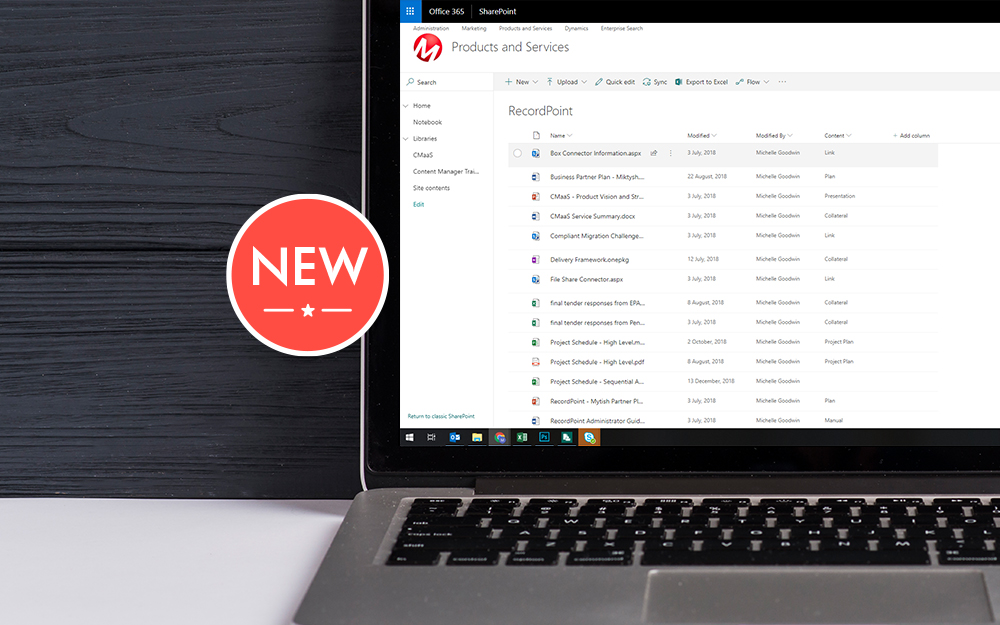
New SharePoint 2019 Features
08.03.2019

Data Migration Validation Best Practices
08.02.2019

Cloud Governance – RIMPA Queensland Event
27.09.2018

RecordPoint Records365 Demo
09.05.2018

How RecordPoint Enhances Office 365
09.05.2018

6 GDPR Tools to Assist with GDPR Compliance
17.04.2018

Analytics Driven Information Governance
14.07.2021

The New Normal Requires Zero Trust
27.06.2021

Microsoft 365 Records Management Whitepaper
06.11.2020

Micro Focus Launches Content Manager Select
28.05.2020

Content Manager SharePoint Integration Demo
20.05.2020

Top 7 Hidden Features in Microsoft Teams
11.02.2020

Integrate Content Manager with SharePoint
15.01.2020

Information Management Strategy Example
06.12.2019

Top 5 Benefits of Migrating to Office 365
10.10.2019
Content Manager 9.4 Web Client
19.09.2019

Content Manager 9.4 Sneak Peek – Video Demo
02.09.2019

What Version of SharePoint is on Office 365?
27.06.2019

New SharePoint 2019 Features
08.03.2019

Data Migration Validation Best Practices
08.02.2019

Cloud Governance – RIMPA Queensland Event
27.09.2018

RecordPoint Records365 Demo
09.05.2018

How RecordPoint Enhances Office 365
09.05.2018

6 GDPR Tools to Assist with GDPR Compliance
17.04.2018
